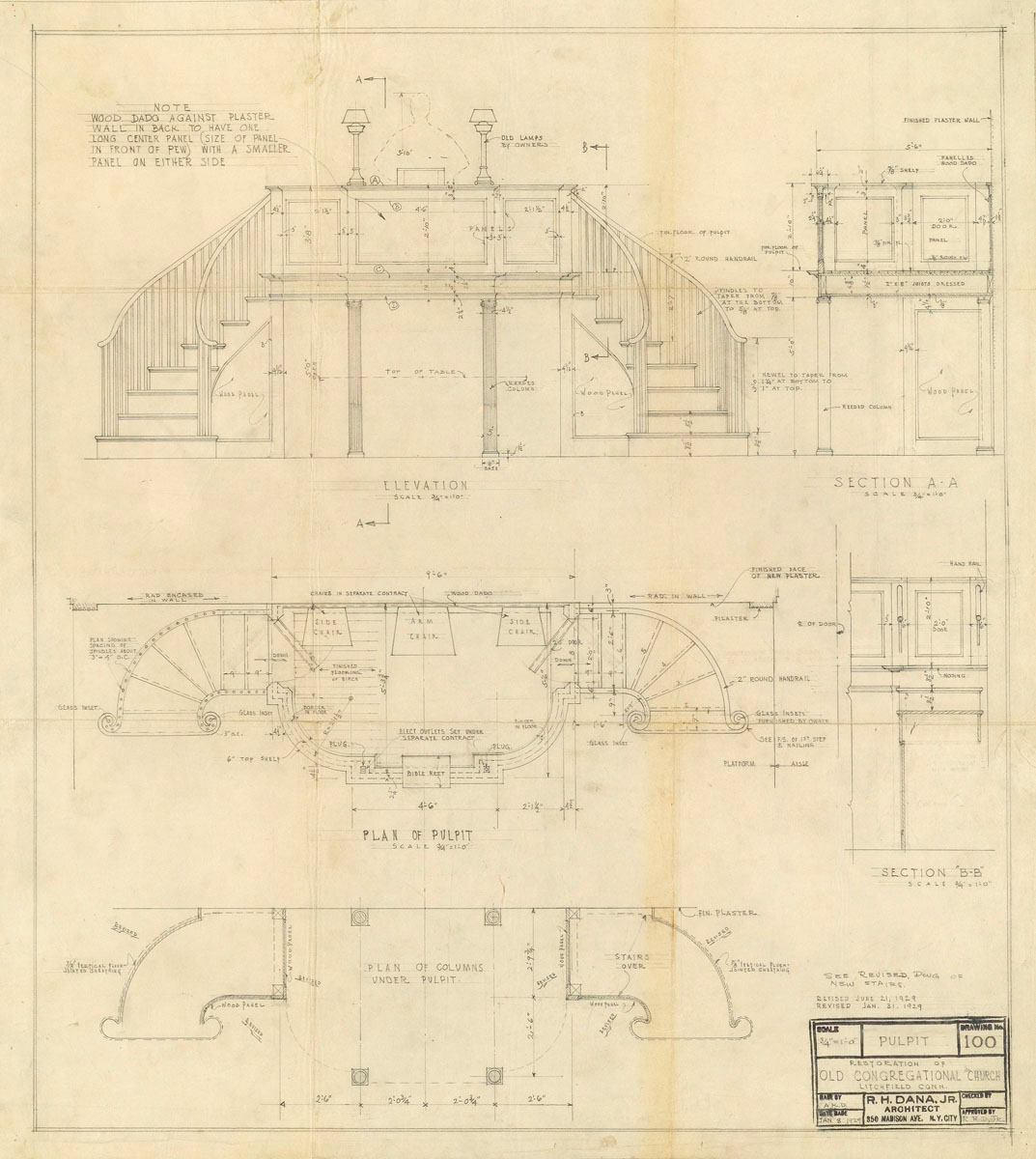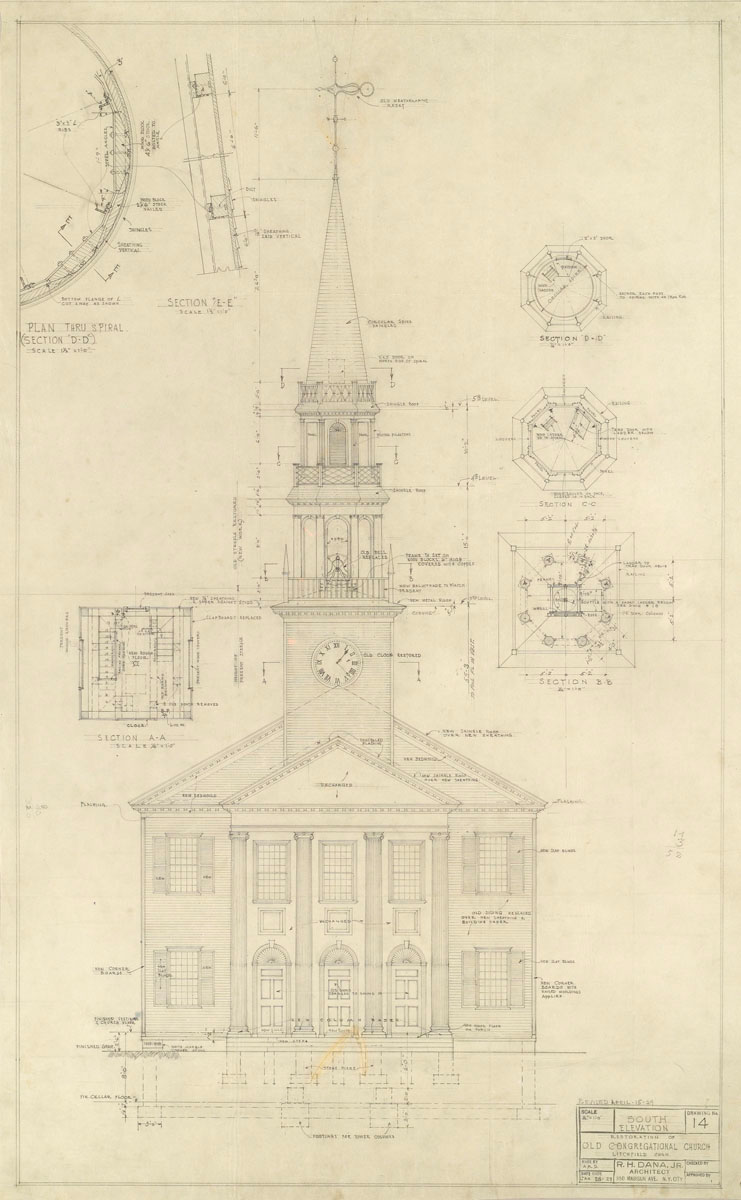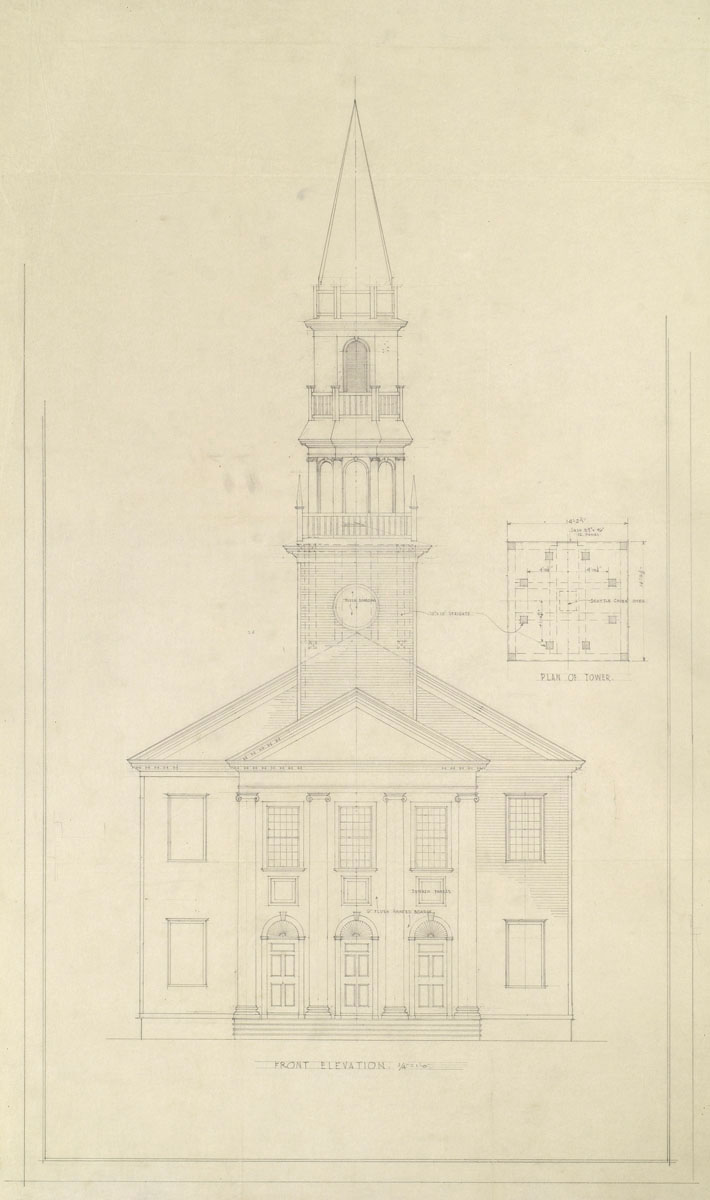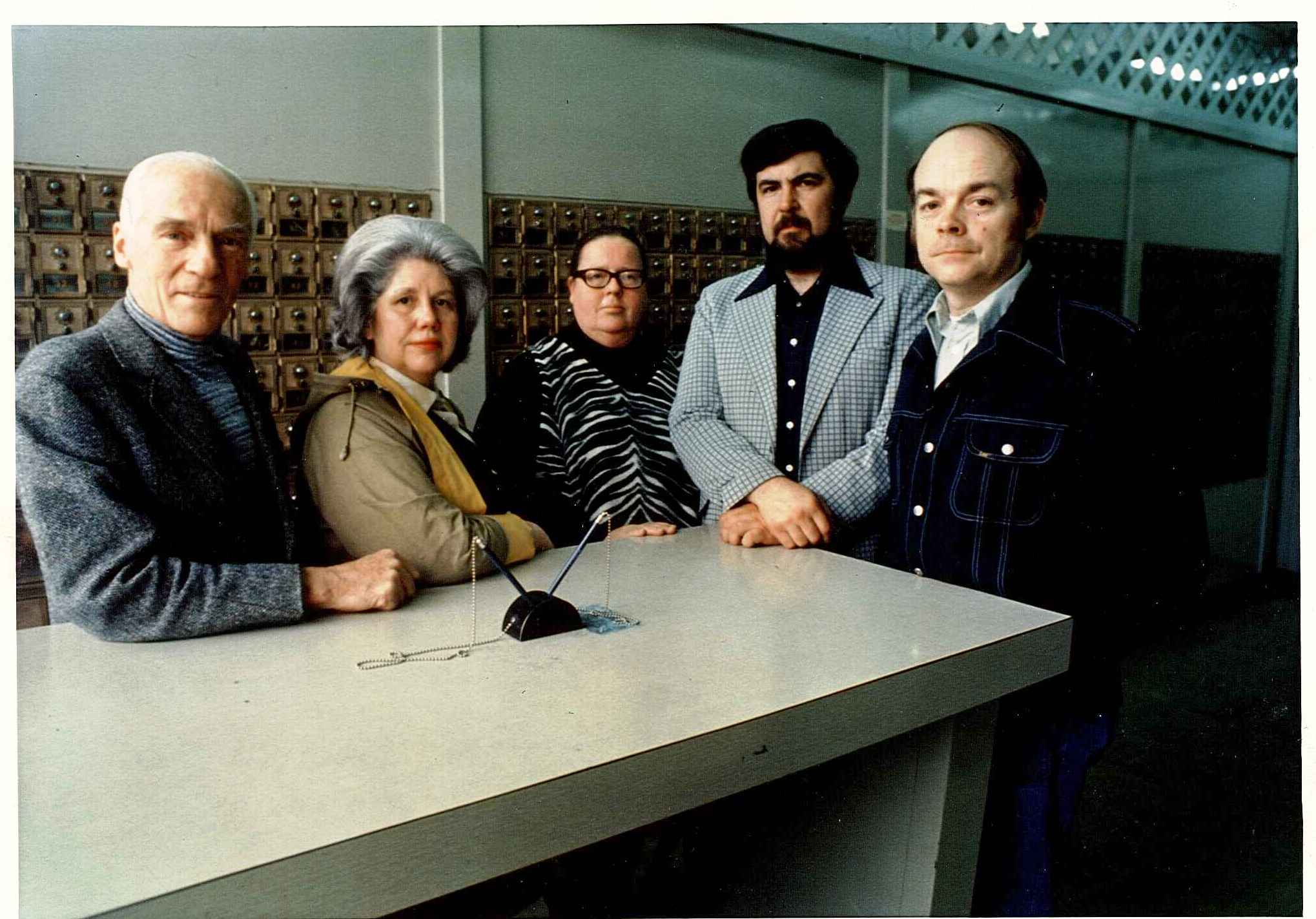
Richard Henry Dana, Jr.

Richard Henry Dana, Jr.

Richard Henry Dana, Jr.
This archives month installment was inspired by Ken Turino, Manager of Community Engagement and Exhibitions for Historic New England. Yesterday he presented a lecture in conjunction with the Historic New England (formerly the Society for the Preservation of New England Antiquities) traveling exhibit, The Preservation Movement: Then and Now, currently on display in the Cunningham Gallery. It was especially interesting to the staff of the Historical Society as Ken integrated archival documents, photographs, and quotations specific to Litchfield’s preservation movement and the early founders of the Litchfield Historical Society. Historic New England’s founder William Sumner Appleton, corresponded with active members of the Litchfield Historical Society and provided advice to its first curator, Emily Noyes Vanderpoel.
Ken also explained that during the Colonial Revival restoration of the First Congregational Church, Appleton corresponded with the project’s architect, Richard Henry Dana, Jr. and provided him with advice and suggestions for the pulpit wall. Appleton no doubt influenced the plan, shown in the top picture. A few years ago when the Congregational Church received a Save America’s Treasures grant to work on the structure, they were also able to have Dana’s drawings conserved. They donated them to the Historical Society along with the project files. We are therefore able to share them with you. There are many other drawings, however only a few have been photographed. (They are much too large for our scanner).
Despite the lack of the rapid means of communication we all enjoy now, early preservationists did not work in a vacuum. And, lucky for us, their means of correspondence were easily preserved. Of the Litchfield Historical Society, Appleton said, “The collections are excellent in quality and very fairly varied in extent. The success of the Society, which is a fairly new one, is due to the strong financial backing of Mrs. E. N. Vanderpoel.”


